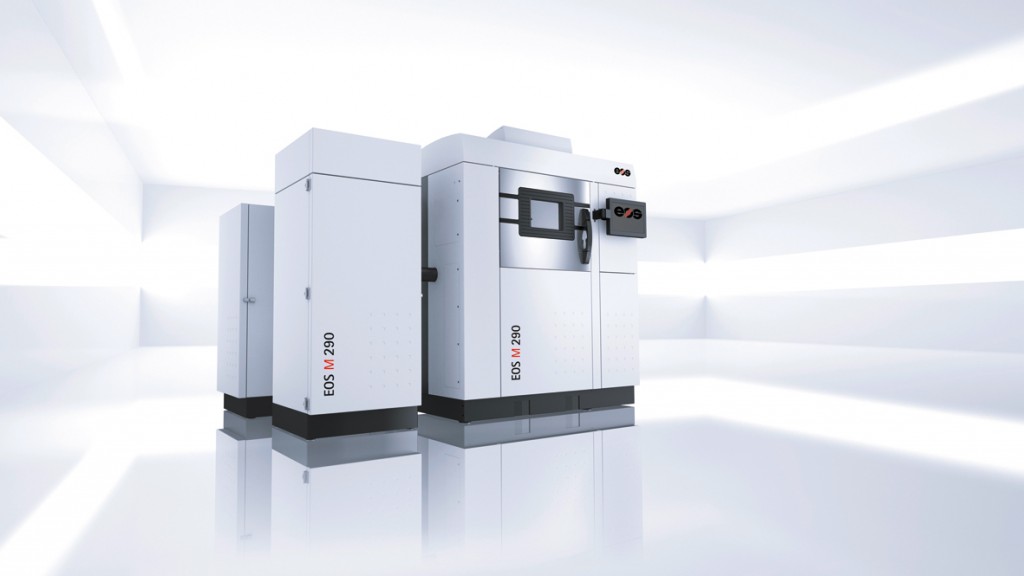 EOS, a maker of additive manufacturing (AM) systems, recently released its new EOS M 290 system at Rapid.Tech, on 14-15 May in Erfurt., Germany
EOS, a maker of additive manufacturing (AM) systems, recently released its new EOS M 290 system at Rapid.Tech, on 14-15 May in Erfurt., Germany
The machine is going to be the successor to the established EOSINT M 280, designed for the tool-free production of high-quality serial components, spare parts and prototypes.
With a build volume of 250 mm x 250 mm x 325 mm, the EOS M 290 permits flexible and economic manufacturing of metal components.
EOS has incorporated proven elements from the M 280 system generation in the new EOS M 290, but at the same time, the EOS M 290 also allows us to set new standards in Additive Manufacturing while expanding our product portfolio for metal applications and extending our innovation leadership in terms of quality management and monitoring, stated Dr. Adrian Keppler, CMO at EOS.
This new system is designed to serve the requirements of our serial-production customers. At the same time, we have also created new optimisation potential in terms of build quality for customers from the prototyping space.”
The new system offers extensive monitoring functions both for the system itself and for monitoring the build process. This adds even more quality assurance to the field of additive manufacturing. In particular, it makes the system attractive for industrial applications in the aerospace industry as well for medical applications.
With the aid of EOSTATE PowderBed, a camera built into the process chamber monitors the powder bed, following powder deposition and exposure, by means of still images. EOSTATE base ensures the consistent monitoring of a range of parameters, including the position of the Z axis or scanner, laser power, air humidity, temperature and pressure. Finally, EOSTATE LaserMonitoring measures the laser power throughout the entire build period.
The system uses a 400 Watt laser, which is characterised by its high radiation quality and stability of performance. It can be operated under an inert (nitrogen) atmosphere or under argon, which permits processing of a great breadth of materials.
These include light alloys, stainless and tool-grade steels, and superalloys. The EOS parameter sets ensure that parts can be manufactured with standardized property profiles, resulting in a broad spectrum of applications. As with the previous model, EOS also supplies its EOS M 290 customers with the EOS ParameterEditor, to allow them to modify a range of exposure parameters for themselves.
The tool enables customers to develop their own parameters for specific applications on the basis of the EOS parameter sets. These include laser power and exposure speed or strategy.
A new version of the Parameter Editor is currently under development, which will also allow modification of layer thickness, inert gas stream, build platform temperature, and skip layers.
The new EOSPRINT Desktop Software allows jobs to be prepared and computed directly at the workplace, separately from the build process. The job file can then be transferred through the network to the system, which can then concentrate fully on building the part. Thanks to the availability of offline job preparation, complex parts with large job files can be processed quickly. This in turn improves the flexibility of the application development process.
Process gas management has also been optimised. The EOS M 290 is fitted with an air circulation filter which itself is equipped with an automatic self-cleaning function. This considerably increases the filters operating life, with the result that they require less frequent replacement. It also reduces filter costs.
The solution portfolio for the EOS M 290 also includes data preparation software, component handling devices, and extensive services.
www.eos.info




